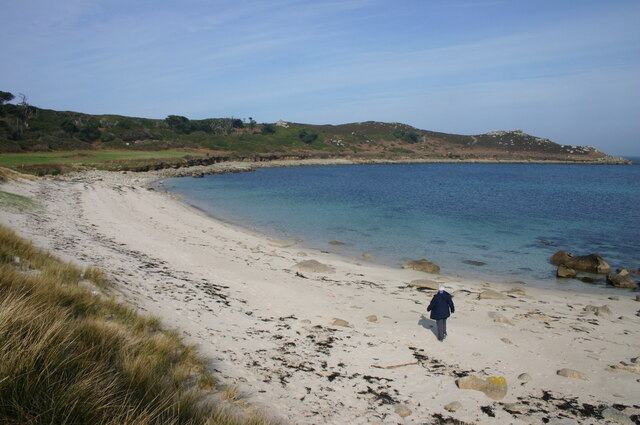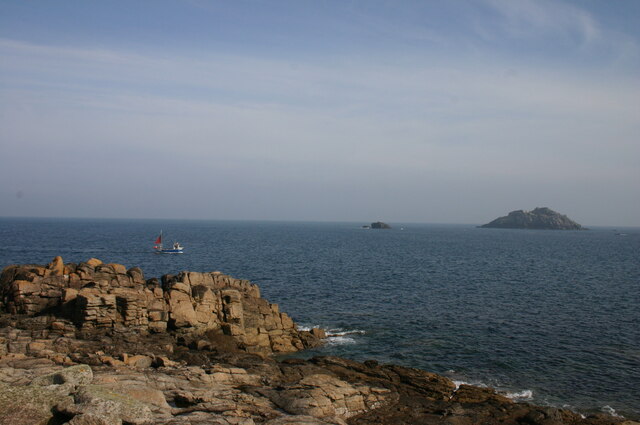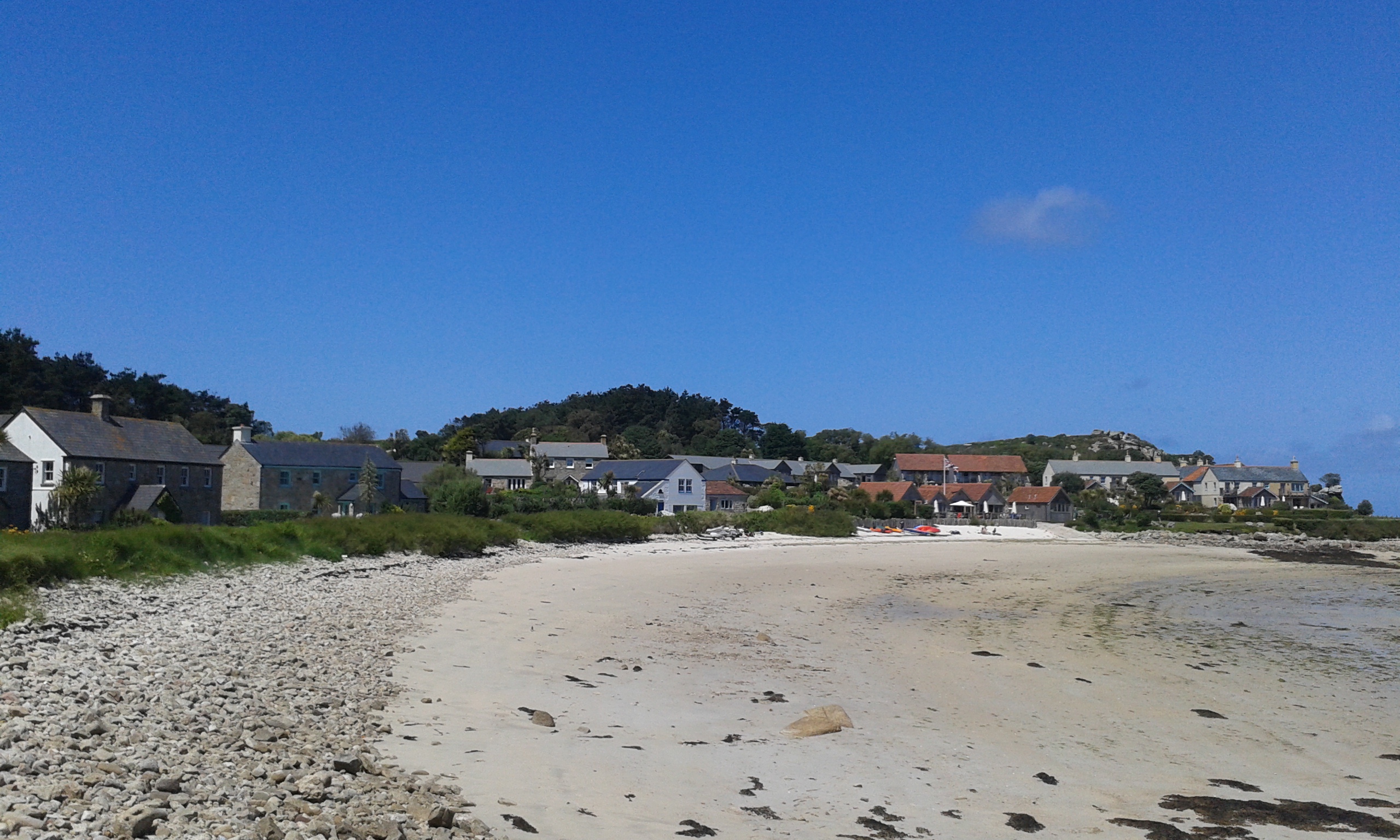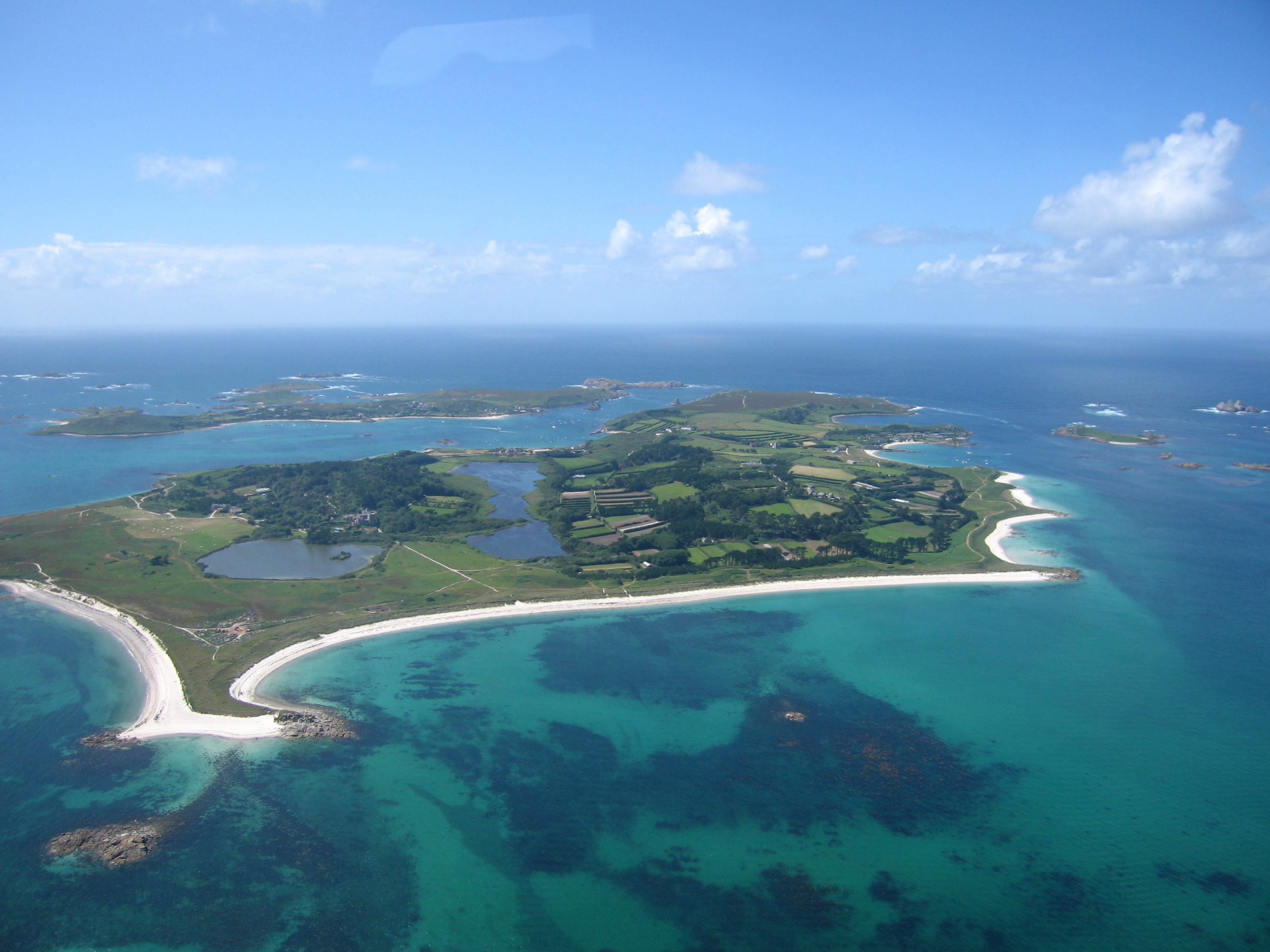Higher Ledge
Coastal Feature, Headland, Point in Cornwall
England
Higher Ledge

Higher Ledge is a prominent coastal feature located in Cornwall, England. Positioned as a headland, it juts out into the Atlantic Ocean, forming a distinctive point along the rugged coastline. With its commanding position and dramatic cliffs, it offers breathtaking views of the surrounding landscape.
The headland of Higher Ledge is characterized by its towering cliffs, reaching heights of up to 100 meters above sea level. These cliffs are composed of sedimentary rock, displaying distinct layers and a variety of colors, adding to the visual appeal of the area. The exposed rock formations provide a glimpse into the geological history of the region.
The coastal area around Higher Ledge is rich in biodiversity, with a diverse range of plants and wildlife. The cliffs provide nesting sites for colonies of seabirds, including gulls, cormorants, and razorbills. The surrounding waters are also home to a variety of marine life, such as seals and dolphins, which can often be spotted from the headland.
Access to Higher Ledge is mainly by foot, with a well-maintained footpath leading visitors along the cliff edge. The path offers stunning panoramic views of the ocean and the nearby coastline, making it a popular spot for hikers and nature enthusiasts. However, caution is advised as the cliffs can be unstable in places, and visitors are advised to stay on the designated path and avoid getting too close to the cliff edge.
Overall, Higher Ledge in Cornwall is a captivating coastal feature, offering a rugged and awe-inspiring landscape, abundant wildlife, and a chance to experience the power and beauty of the Atlantic Ocean.
If you have any feedback on the listing, please let us know in the comments section below.
Higher Ledge Images
Images are sourced within 2km of 49.962985/-6.3285528 or Grid Reference SV8915. Thanks to Geograph Open Source API. All images are credited.













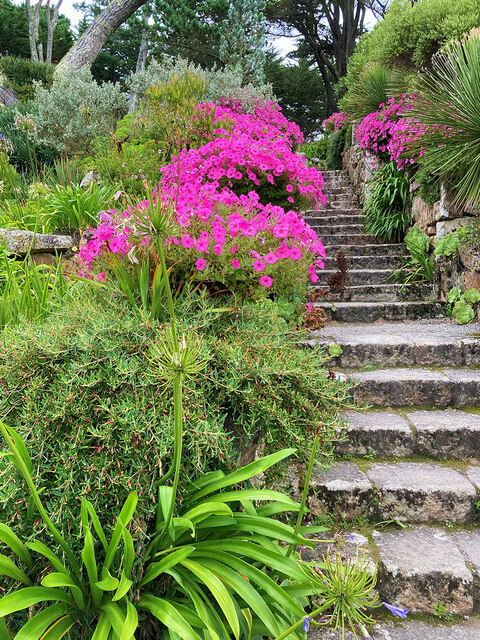
Higher Ledge is located at Grid Ref: SV8915 (Lat: 49.962985, Lng: -6.3285528)
Division: Isles of Scilly
Unitary Authority: Isles of Scilly
Police Authority: Devon and Cornwall
What 3 Words
///munched.brink.twig. Near Tresco, Isles of Scilly
Nearby Locations
Related Wikis
Old Grimsby
Old Grimsby (Cornish: Enysgrymm Goth) is a coastal settlement on the island of Tresco in the Isles of Scilly, England. It is located on the east side of...
Old Blockhouse
The Old Blockhouse, also known as the Dover Fort, is a 16th-century fortification on the island of Tresco in the Isles of Scilly. It was built between...
St Nicholas's Church, Tresco
St Nicholas's Church, Tresco, is a parish church in the Church of England located in Tresco, Isles of Scilly, UK. == History == Originally two old cottages...
Tresco, Isles of Scilly
Tresco (Cornish: Enys Skaw, lit. 'island of elder-trees') is the second-biggest island of the Isles of Scilly. It is 297 ha (1.15 sq mi) in area, measuring...
Nearby Amenities
Located within 500m of 49.962985,-6.3285528Have you been to Higher Ledge?
Leave your review of Higher Ledge below (or comments, questions and feedback).
